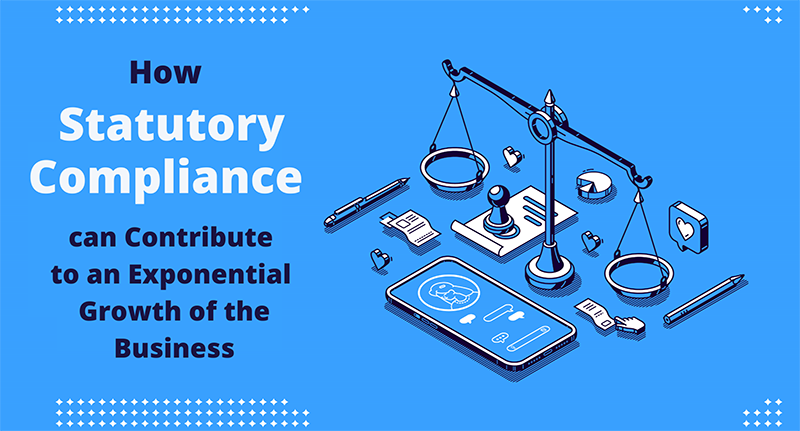[vc_row][vc_column][vc_column_text]It goes without saying that employees and people are what drive organizations forward. The growth and performance of an organization is entirely dependent on the performance and well-being of its employees. The CoVID-19 pandemic, however, disrupted businesses and the way employees are taken care of. This highlights the importance of statutory compliance in the workplace.
Statutory Compliance Checklist
Statutory compliance refers to the practice of an organization’s compliance of rules or standards passed with a local, state, or central government. This ensures that employees in an organization are well taken care of. The laws that exist were created for the well-being and upliftment of employees in an organization. Most effective managers ensure that employees are taken care of by making use of a statutory compliance checklist for the sake of convenience. The list takes into account various laws and regulations that are relevant to employee well-being, such as:
- The Workmen’s Compensation Act, 1923
- The Trade Unions Act, 1926
- The Payment of Wages Act, 1936
- The Industrial Employment Standing Orders Act, 1946
- The Industrial Disputes Act, 1947
- The Employees’ State Insurance Act, 1948
- The Minimum Wages Act, 1948
- The Factories Act, 1948
- The Employees Provident Fund & Miscellaneous Provisions Act, 1952
- The Employment Exchanges (Compulsory Notification of Vacancies) Act, 1959
- The Apprentices Act, 1961
- The Payment of Bonus Act, 1965
- The Contract Labour (Regulation & Abolition) Act, 1970
- The Payment of Gratuity Act, 1972
- The Equal Remuneration Act, 1976
- Inter-State Migrant Workmen (Regulation of Employment & conditions of Service) Act, 1979.
- The Child Labour (Prohibition & Regulation Act), 1986
Compliance Related Tasks
Compliance in an organization can be handled in-house or designated to statutory compliance services. Some of the compliance-related tasks in an organization include:
- Internal audits, conducted by in-house personnel to ensure internal processes are running smoothly
- Third-party audits, which can be done by statutory compliance services, third party concerns that ensure that compliances are met.
- Security audits, where security protocols and SOPs are audited for any potential weak spots and are rectified.
- Reporting and documentation are conducted by either the in-house personnel or the statutory compliance services to submit to higher-ups to make policy decisions.
Compliance as a Growth Strategy
Organizations have taken to using compliance as a growth strategy. Given that the cost of compliance failure is steep, organizations have taken this aspect and used it to inform decisions that could potentially propel their growth. Here are some of the ways that organizations are using compliance as a growth strategy
Boosting Sales Compliance can aid organizations in boosting sales. Ensuring that statutory compliance is in place can enhance the quality and performance of an organization’s employees. This in turn boosts sales of an organization leading to growth.
- Selling Point Compliance can be used as a selling point by organizations. By staying adherent to standards and regulations, organizations can ensure that they will not fall into a situation where they will have to pay penalties. This will also enable the organization to project themselves as those who have clean records and those that adhere to ethical business standards. This in turn protects a company’s name and reputation and makes them an easy choice for clients to work with.
- Protection Against Data Breaches and Financial Losses A study by IBM in the year 2020 showed that the average total cost for companies in India per security breach amounted to Rs 14 crore in 2020, an increase of 9.4% from 2019. Data breaches are also a failure of compliance. Ensuring that processes in an organization are running smoothly and running continuous audits and checks can ensure that security breaches can be cut down.
[/vc_column_text][/vc_column][/vc_row]









